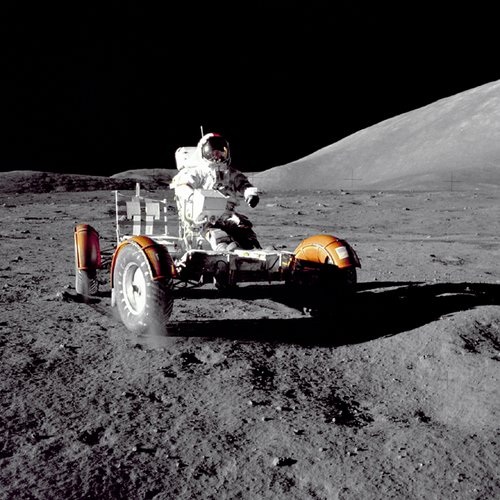
keywords: Eugene A. Cernan, Apollo 17, Lunar Roving Vehicle, LRV
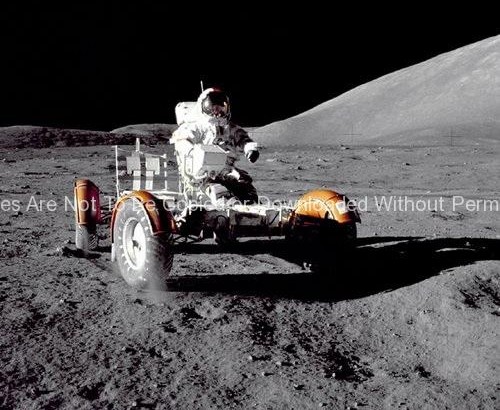

keywords: Eugene A. Cernan, Apollo 17, Lunar Roving Vehicle, LRV
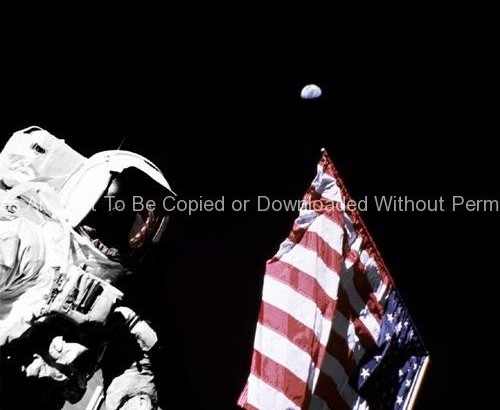
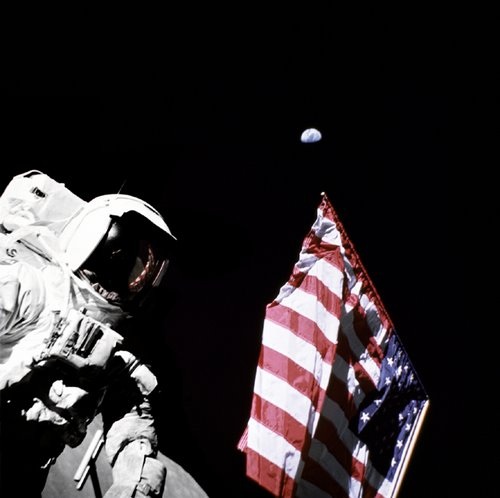
keywords: Harrison Schmitt, American flag, space, earth, Apollo 17

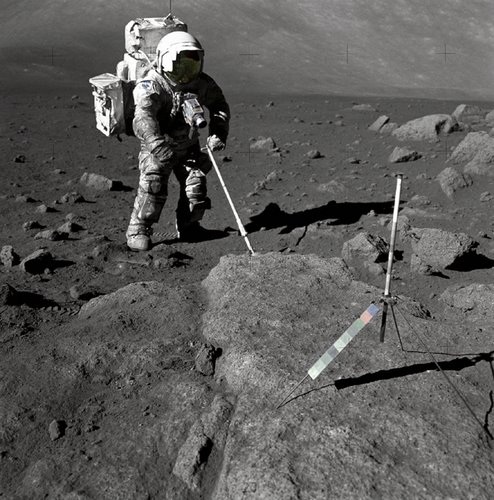
keywords: Apollo 17, Harrison Schmitt, Jack Schmitt, Taurus-Littrow, Moonwalk
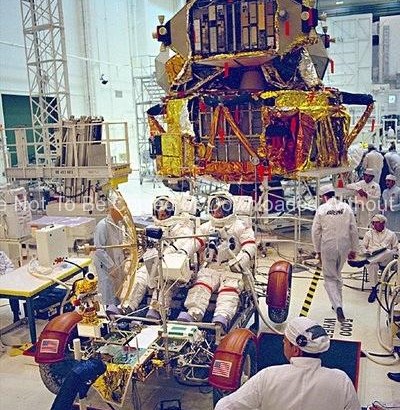
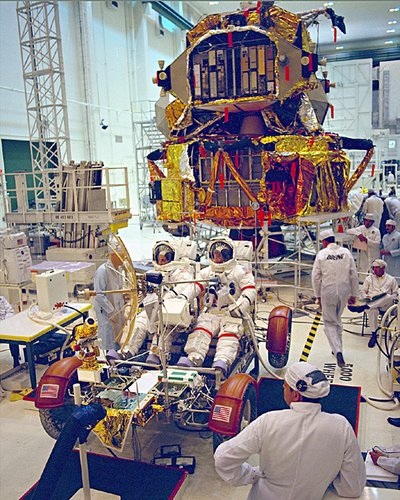
keywords: Eugene A. Cernan, Harrison H. Jack Schmitt, Lunar Roving Vehicle, Apollo 17
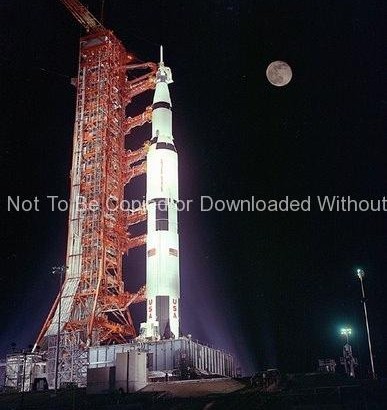
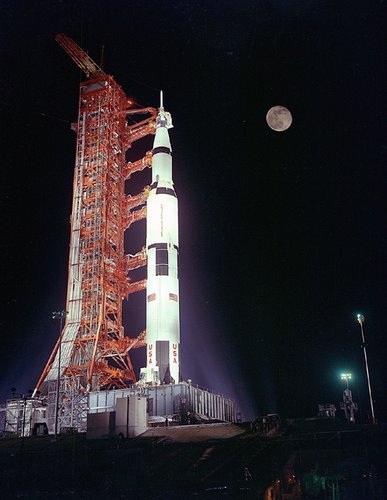
keywords: Apollo 17, launch pad, rocket, NASA
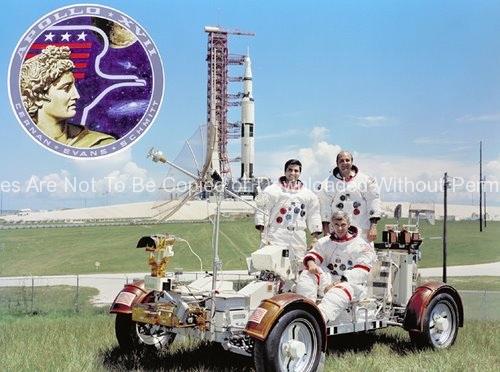
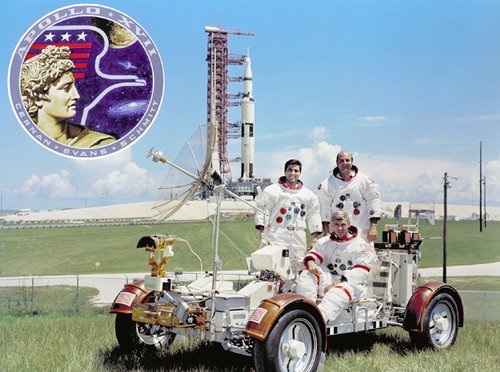
keywords: Apollo 17, prime crew, astronauts, NASA, space program

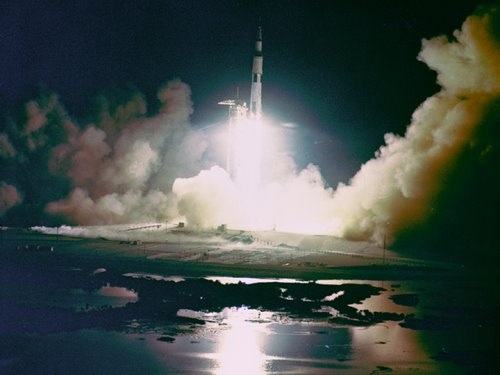
keywords: rocket launch, Apollo 17

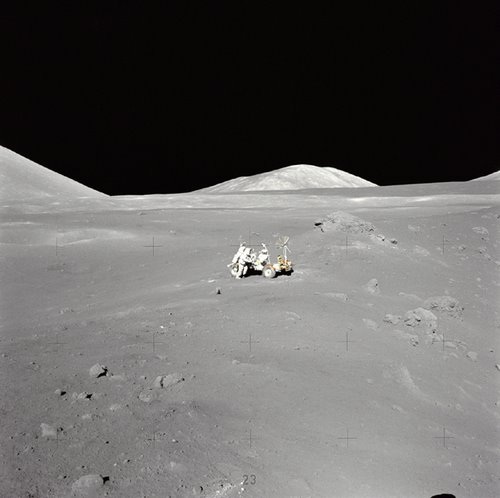
keywords: lunar surface, moon, Apollow 17
Space stock photos – View of the Earth as seen by the Apollo 17 crew traveling toward the Moon. This translunar coast photograph extends from the Mediterranean Sea area to the Antarctica South polar ice cap. This is the first time the Apollo trajectory made it possible to photograph the South polar ice cap. Note the heavy cloud cover in the Southern Hemisphere. Almost the entire coastline of Africa is clearly visible. The Arabian Peninsula can be seen at the Northeastern edge of Africa. The large island off the coast of Africa is the Malagasy Republic. The Asian mainland is on the horizon toward the Northeast.
keywords: Apollo 17, space, earth, world, entire earth, whole world, earth from space
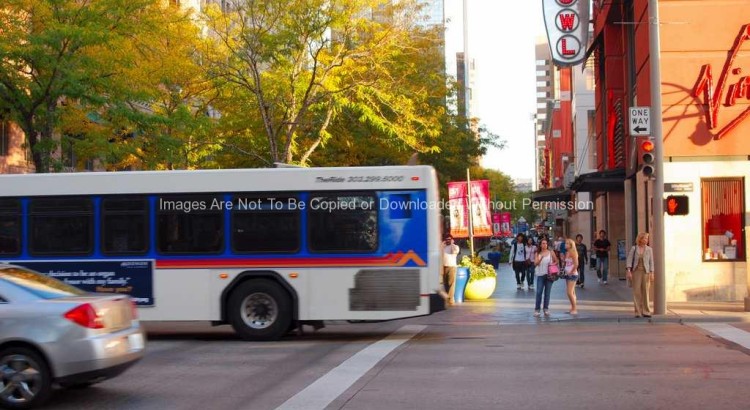
Urban Stock Photos – 16th Street Mall in downtown Denver, Colorado.
Keywords: girls, urban, street scenes, mass transit, bus
Stock Photo ID# BT65